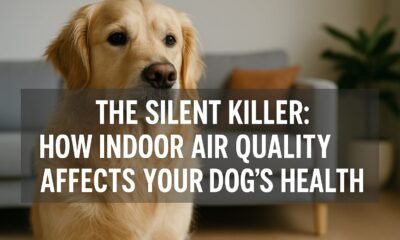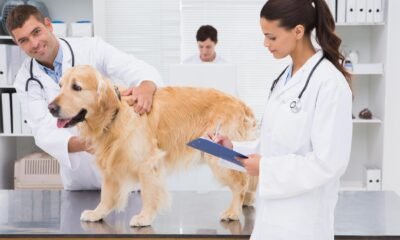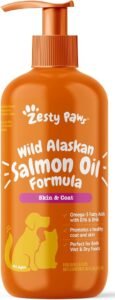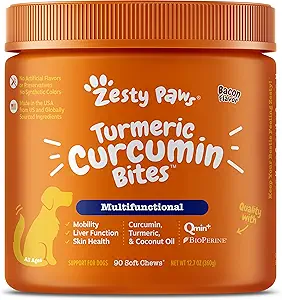Large Breeds
Dog Bites: Causes, Prevention, Treatment, and Legal Aspects

Understanding The Topic Details
Dog bites are a serious concern worldwide, affecting individuals of all ages. They can result from various triggers and situations, making it essential to understand the causes, prevention methods, medical treatment, legal implications, and psychological effects. This article explores dog bites from multiple angles, providing a complete overview of this important topic.
For more information regarding 4 seasonal cxcercieses of all dog breeds recommended by the doctors and experts,you can visit our youtube channel:
1. Causes of Dog Bites

A. Behavioral Triggers
- Fear and Anxiety – Dogs often bite when they feel threatened or cornered.
- Pain and Discomfort – An injured or sick dog may bite as a defense mechanism.
- Territorial Aggression – Dogs protect their space, food, or owners by biting perceived intruders.
- Prey Drive – Some breeds have a high prey drive and may nip or bite when excited.
- Lack of Socialization – Poor exposure to different people and situations can lead to aggressive behavior.
B. Situational Triggers
- Sudden Movements – Quick gestures can startle a dog, prompting a defensive bite.
- Direct Eye Contact – Some dogs interpret prolonged eye contact as a challenge.
- Rough Handling – Pulling ears, tails, or excessive hugging can irritate a dog.
- Maternal Instincts – Mother dogs may bite to protect their puppies.
- Startling a Sleeping Dog – Dogs can react aggressively when suddenly awakened.
2. How to Prevent Dog Bites

A. Preventing Dog Bites as an Owner
- Socialize Your Dog Early – Expose puppies to various environments, people, and other animals.
- Train Obedience Commands – Teach commands like “Sit,” “Stay,” and “Leave it.”
- Recognize Warning Signs – Growling, stiff posture, and bared teeth indicate discomfort.
- Provide Adequate Exercise – Dogs with pent-up energy may be more prone to aggression.
- Supervise Playtime – Never leave children alone with a dog.
- Use a Leash and Muzzle if Necessary – Certain breeds or individuals may require extra control in public spaces.
B. Avoiding Bites as a Non-Owner
- Ask Before Petting – Always seek permission before approaching a dog.
- Let the Dog Approach You – Do not force interactions.
- Avoid Startling a Dog – Speak gently and move slowly around unfamiliar dogs.
- Do Not Tease Dogs – Avoid playing rough or taking food and toys away suddenly.
3. Immediate First Aid for Dog Bites

- Wash the Wound – Clean the bite with soap and warm water for at least 5 minutes.
- Apply an Antiseptic – Use an antibacterial ointment to prevent infection.
- Control Bleeding – Use a clean cloth to apply pressure if bleeding occurs.
- Cover with a Bandage – Protect the wound with sterile gauze or a bandage.
- Seek Medical Help – If the bite is deep, bleeding heavily, or from an unknown dog, consult a doctor immediately.
4. When to Seek Medical Attention
- Deep wounds requiring stitches
- Signs of infection (redness, swelling, pus, fever)
- If the dog was unvaccinated or unknown
- If you haven’t had a tetanus shot in the past 5 years
- If the bite is on the face, hands, or joints
5. Rabies and Other Infections from Dog Bites

A. Rabies Risk
- Rabies is a fatal viral disease transmitted through bites from infected animals.
- Seek post-exposure prophylaxis (PEP) if bitten by an unvaccinated or stray dog.
B. Other Possible Infections

- Capnocytophaga – A bacterial infection that can cause severe complications.
- Pasteurella – Found in over 50% of infected dog bites, leading to swelling and pain.
- MRSA (Methicillin-resistant Staphylococcus aureus) – Can cause resistant infections.
- Tetanus – A bacterial toxin affecting the nervous system.
6. Legal Aspects of Dog Bites
A. Dog Bite Laws by Country
- United States – Strict liability in many states, meaning owners are responsible even if the dog had no history of aggression.
- United Kingdom – The Dangerous Dogs Act imposes penalties on owners of aggressive dogs.
- Australia – Laws vary by state, with fines and penalties for negligence.
- India – Pet owners can be held liable under civil and criminal laws.
B. Legal Actions for Victims
- Filing a claim for medical expenses and damages.
- Reporting the bite to animal control authorities.
- Seeking compensation for lost wages and trauma.
C. Responsibilities of Dog Owners

- Keeping dogs leashed in public spaces.
- Vaccinating against rabies.
- Training and socializing dogs to prevent aggression.
- Carrying liability insurance for potential incidents.
7. Dog Bites in Children vs. Adults

- Children are more at risk due to their small size and unpredictable movements.
- Common bite areas in children: Face, neck, and hands.
- Common bite areas in adults: Arms, legs, and hands.
- Teaching children safe dog interactions can significantly reduce bite incidents.
8. Dog Breeds and Bite Statistics

- Some studies suggest that certain breeds bite more often due to size, strength, or protective nature.
- Most commonly reported breeds for bites: Pit Bulls, Rottweilers, German Shepherds, Chihuahuas, and Jack Russell Terriers.
- Factors that matter more than breed: Training, socialization, owner responsibility, and environment.
9. Psychological Effects of Dog Bites
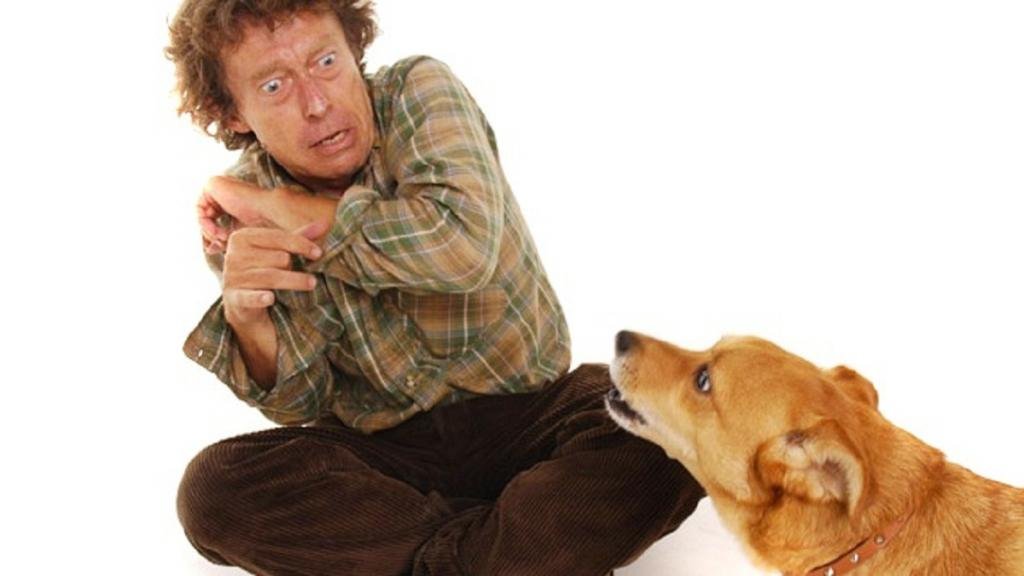
A. Impact on Humans
- Fear of dogs (Cynophobia)
- Post-Traumatic Stress Disorder (PTSD)
- Anxiety around animals
B. Impact on Dogs
- A dog that bites may be surrendered or euthanized.
- Proper training and rehabilitation can prevent future incidents.
10. Myths and Misconceptions About Dog Bites

- “Only aggressive dogs bite.” – Any dog can bite under stress or provocation.
- “A wagging tail means a dog is friendly.” – Dogs may still bite even if they are wagging their tails.
- “Small dogs don’t bite.” – Small breeds often bite more frequently but with less severe consequences.
- “Once a dog bites, it will always be dangerous.“ – Many biting behaviors can be corrected with training.
Closing Statement
Dog bites are a multifaceted issue that requires awareness, responsible ownership, and preventive measures. Whether as a pet owner or a general public member, understanding dog behavior, legal implications, and first aid measures can significantly reduce the risks and consequences associated with dog bites.
By fostering responsible pet ownership, proper training, and increased awareness, we can create safer interactions between humans and dogs, ensuring the well-being of both.
10. Pros and Cons of Dog Ownership in Relation to Biting

Pros:
- Provides companionship and emotional support.
- Enhances security and protection.
- Encourages physical activity and outdoor time.
- Strengthens responsibility and bonding.
Cons:
- Potential for bites and legal liabilities.
- Requires time, training, and socialization efforts.
- Risk of behavioral issues if not properly managed.
- Veterinary and medical costs in case of incidents.
10. Frequently Asked Questions (FAQs)
What should I do if a dog bites me?
Wash the wound immediately, apply antiseptic, and seek medical attention if necessary.
Can a vaccinated dog transmit rabies?
Though rare, rabies transmission from a vaccinated dog is still possible. Always consult a doctor.
How can I prevent my dog from biting strangers?
Socialize your dog, provide obedience training, and use a leash in public spaces.
Are some dog breeds naturally more aggressive?
Large Breeds
The Dangerous Effects of Loneliness: on Your Dog’s Heart Health
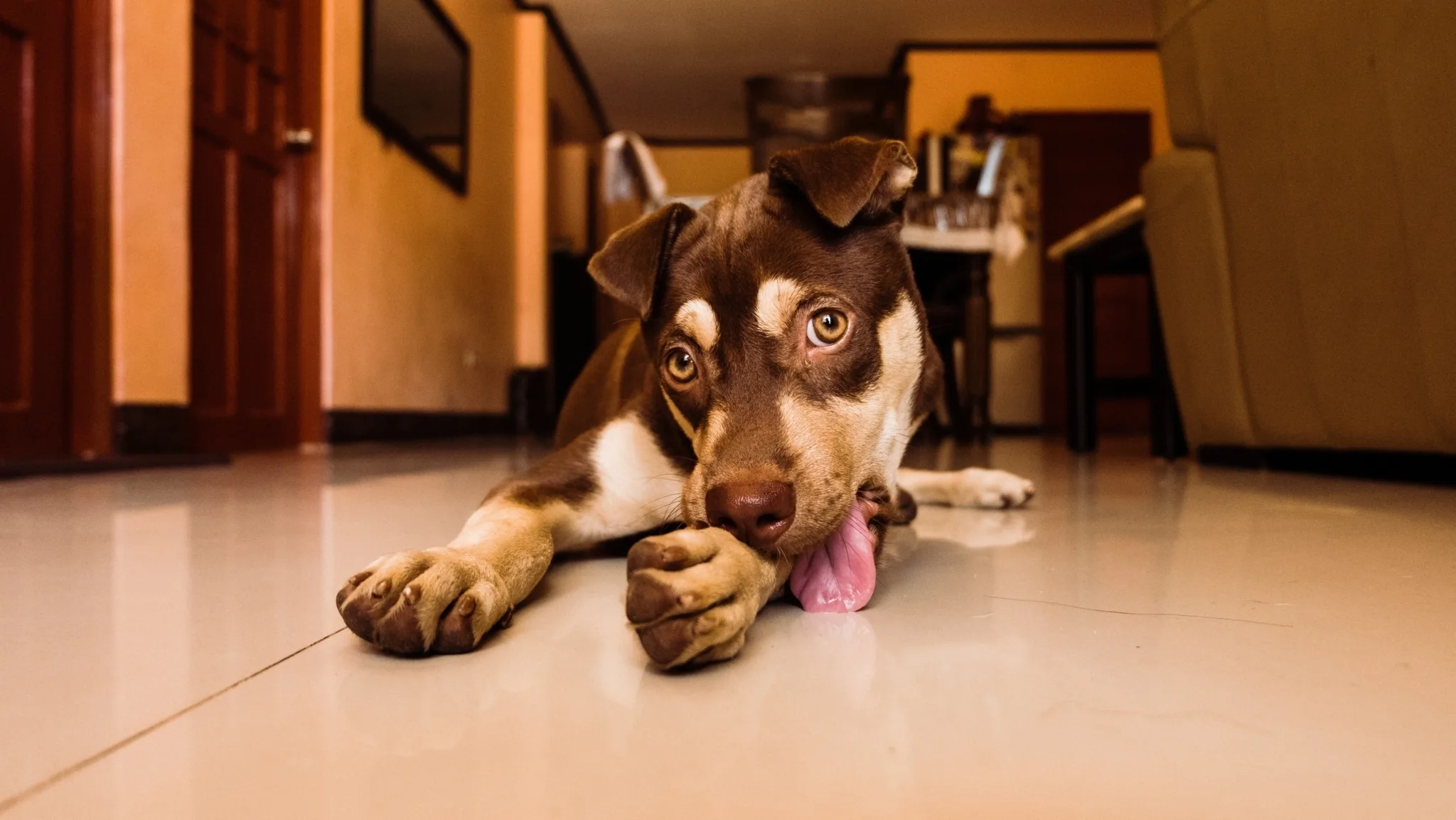
Introduction

The Dangerous Effects of Loneliness: Dogs are social animals that thrive on companionship and interaction. However, in today’s fast-paced world, many dogs spend long hours alone, leading to a hidden health crisis—loneliness and its impact on heart health. Understanding these risks and taking proactive measures can protect your furry friend from developing serious cardiovascular issues.
For more information regarding 4 seasonal cxcercieses of all dog breeds recommended by the doctors and experts,you can visit our youtube channel:
How Loneliness Affects a Dog’s Heart

Loneliness is more than just an emotional state; it has physiological consequences that can harm a dog’s heart over time.
1. Increased Stress and Anxiety
When a dog is left alone for extended periods, it experiences heightened levels of cortisol (the stress hormone). Chronic stress contributes to high blood pressure, which puts strain on the heart, increasing the risk of heart disease.
2. Irregular Heart Rate
Dogs experiencing prolonged loneliness often show signs of an irregular heartbeat (arrhythmia). This condition occurs when the heart struggles to maintain a normal rhythm due to prolonged stress and anxiety.
3. Obesity and Poor Cardiovascular Health
Lonely dogs are less active, which can lead to weight gain and obesity. Excess weight places additional strain on the heart, increasing the likelihood of cardiovascular diseases such as hypertension and congestive heart failure.
4. Weakened Immune System
Chronic loneliness weakens the immune system, making dogs more prone to infections. A compromised immune system can indirectly contribute to inflammation in the arteries, which negatively affects heart health.
Which Dogs Are Most at Risk?

Some dogs are more susceptible to the negative effects of loneliness than others.
| Dog Category | Risk Level |
|---|---|
| Puppies | 85% – Highly vulnerable due to early emotional development |
| Adult Dogs | 60% – Moderate risk, depending on breed and temperament |
| Senior Dogs | 75% – Increased risk due to aging and weakened cardiovascular system |
Certain breeds that require constant social interaction, such as Golden Retrievers, Labrador Retrievers, and German Shepherds, are more prone to loneliness-related heart issues.
Signs That Your Dog is Suffering from Loneliness

Detecting loneliness early can help prevent serious health problems. Common signs include:
- Excessive barking or howling when left alone
- Pacing or restlessness
- Destructive behavior (chewing furniture, scratching doors)
- Loss of appetite
- Lethargy or disinterest in playtime
- Clinginess when you are home
If your dog exhibits these behaviors, it’s essential to take action before heart-related complications develop.
How to Prevent Loneliness and Protect Your Dog’s Heart

Ensuring your dog feels secure and engaged can significantly reduce loneliness-related health risks. Here’s how:
1. Increase Social Interaction
- Spend at least 30-60 minutes a day engaging with your dog through play and training.
- Arrange playdates with other friendly dogs to keep them socially active.
- Take your dog to dog parks where they can interact with other pets and people.
2. Provide Mental Stimulation
- Use interactive puzzle toys to keep your dog mentally engaged while alone.
- Rotate their toys regularly to maintain interest.
- Play calming music or use pet-friendly TV programs to create a soothing atmosphere.
3. Establish a Routine

- Dogs thrive on consistency. A set feeding, walking, and play schedule reduces anxiety.
- Leave a piece of clothing with your scent to comfort your dog when you’re away.
4. Consider a Companion Pet
- If feasible, adopting a second pet can provide companionship for a lonely dog.
- Ensure both pets have compatible temperaments before introducing them.
5. Hire a Dog Walker or Pet Sitter
- If you work long hours, hiring a professional dog walker can provide essential midday exercise and interaction.
- A pet sitter or dog daycare service is a great alternative for dogs that struggle with isolation.
FAQs

1. How long can a dog safely be left alone?
Most adult dogs can handle 4-6 hours alone, while puppies and senior dogs should not be left alone for more than 2-3 hours at a time.
2. Can loneliness shorten a dog’s lifespan?
Yes. Studies suggest that dogs suffering from chronic loneliness and stress may have a 10-15% shorter lifespan due to heart complications and weakened immunity.
3. Are certain dog breeds more prone to loneliness-related heart issues?
Yes. Social and working breeds such as Labrador Retrievers, German Shepherds, and Border Collies are more susceptible to stress and loneliness.
Can Anxiety Supplements Help Prevent Loneliness-Related Health Issues?

| Dog Age Group | Recommended Supplement | Benefits | Vet Recommendation |
|---|---|---|---|
| Puppies | Colostrum-Based Supplements | Strengthens the immune system and promotes relaxation | Dr. Sarah Bennett, DVM (Puppy Wellness Specialist) |
| Adult Dogs | Omega-3 &
|
Reduces stress, supports heart health | Dr. James Carter, DVM (Canine Cardiology Expert) |
| Senior Dogs | Probiotics
|
Eases anxiety, supports digestion, improves heart function | Dr. Emily Ross, DVM (Senior Dog Care Specialist) |
These expert-recommended supplements help combat stress-induced heart issues caused by loneliness. Always consult your vet before introducing new supplements to your dog’s routine.
Would you like any further refinements? 😊
Yes. Vet-approved calming supplements like L-theanine, valerian root, and chamomile can help reduce anxiety in dogs that experience separation stress.
5. What is the best way to monitor my dog’s heart health?
Regular vet check-ups, heart rate monitoring devices, and observing behavior changes can help track your dog’s cardiovascular health.
Closing Statement
Loneliness is not just an emotional problem for dogs—it is a serious health concern that can lead to life-threatening heart conditions. By understanding the risks and taking proactive steps, you can ensure your dog remains happy, healthy, and full of life.
Stay informed with DogsReader for more expert insights into your dog’s well-being! 🐶❤️
Large Breeds
The Silent Killer: How Indoor Air Quality Affects Your Dog’s Health
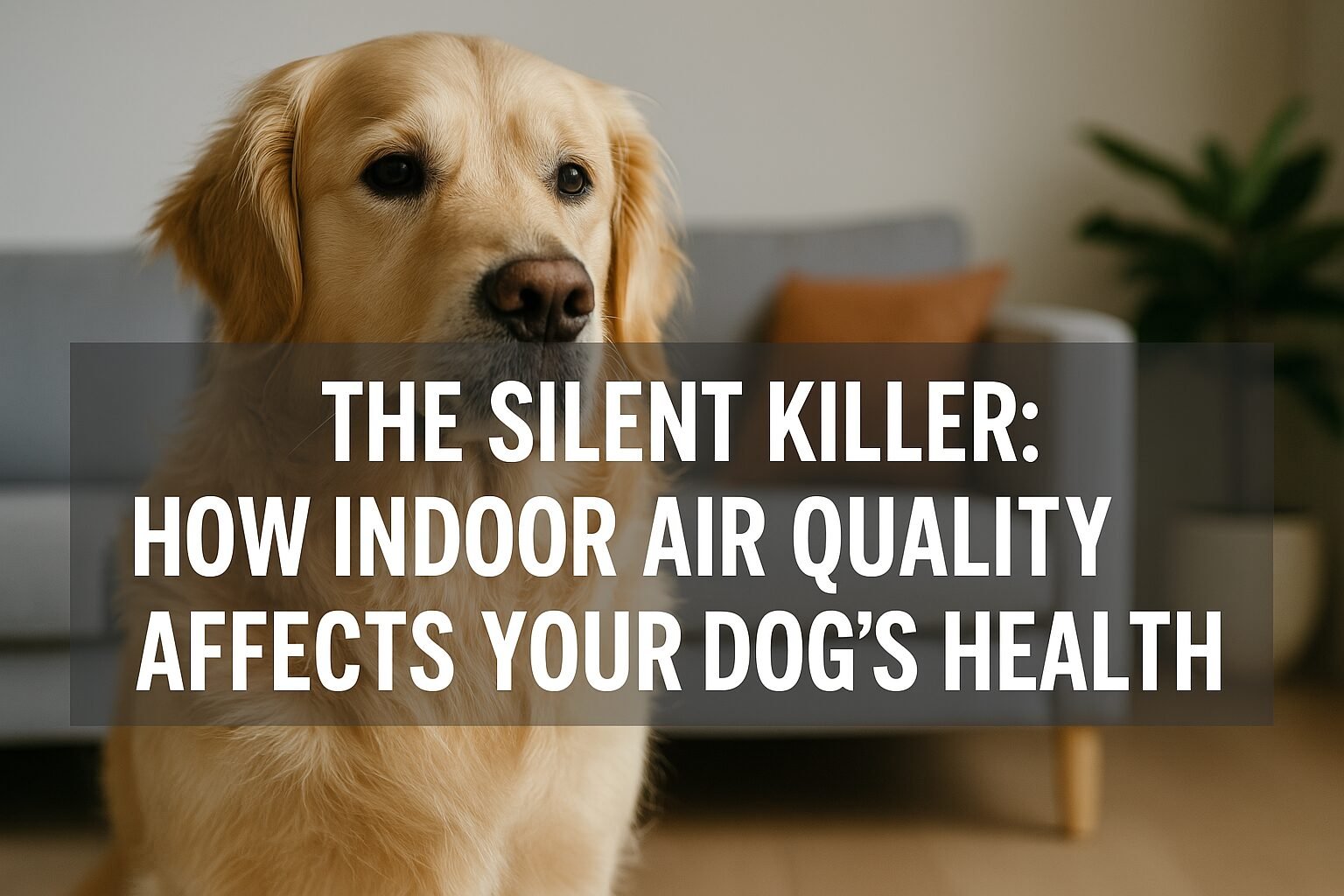
Understand The Topic
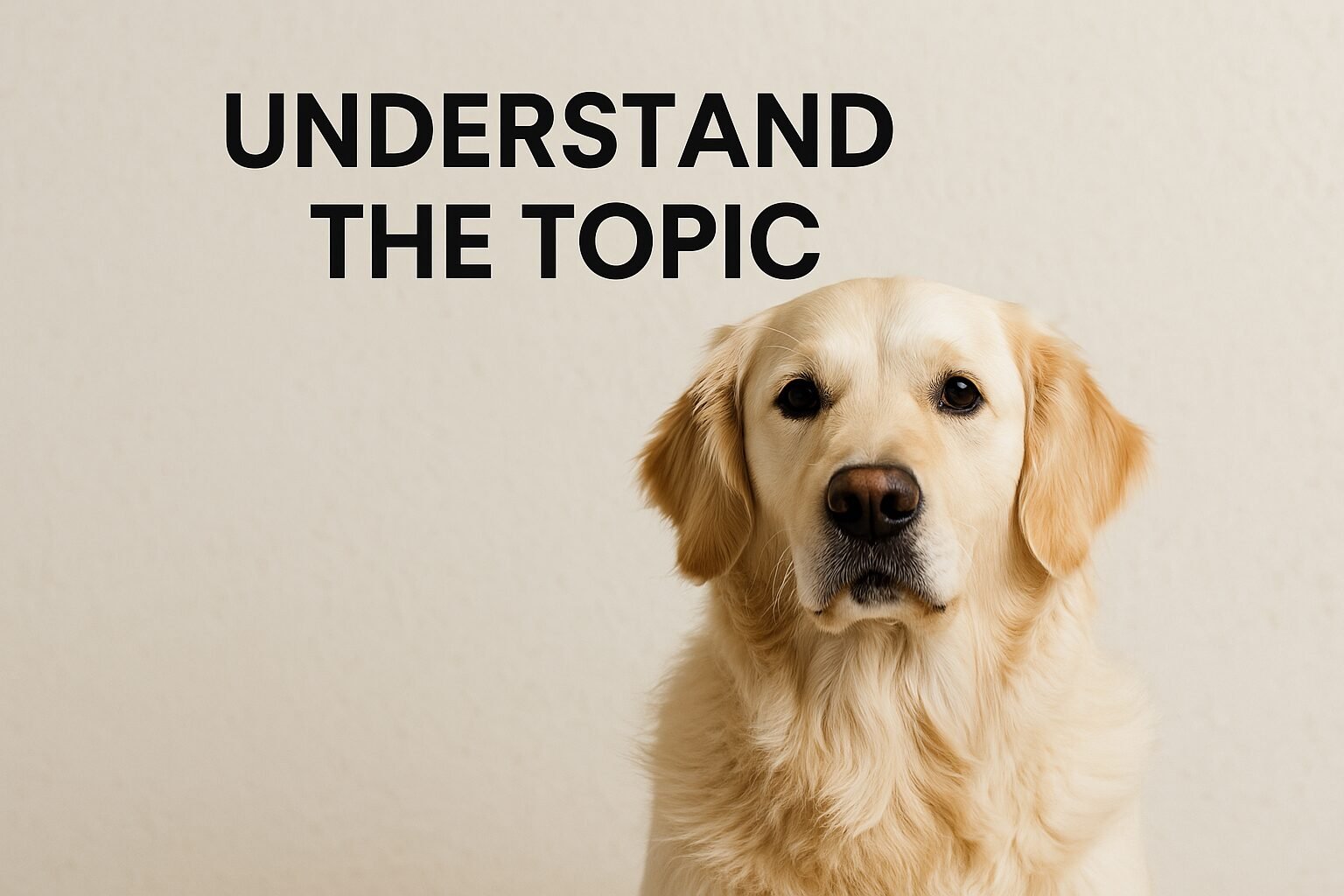
The Silent Killer: Many dog owners are unaware of the hidden dangers lurking in their homes—indoor air pollution. The quality of air inside your house can have a severe impact on your dog’s health, leading to respiratory issues, allergies, and even long-term diseases. Understanding these risks and taking preventive measures can ensure your furry companion lives a healthy life.
For more information regarding 4 seasonal cxcercieses of all dog breeds recommended by the doctors and experts,you can visit our youtube channel:
How Poor Indoor Air Quality Affects Dogs
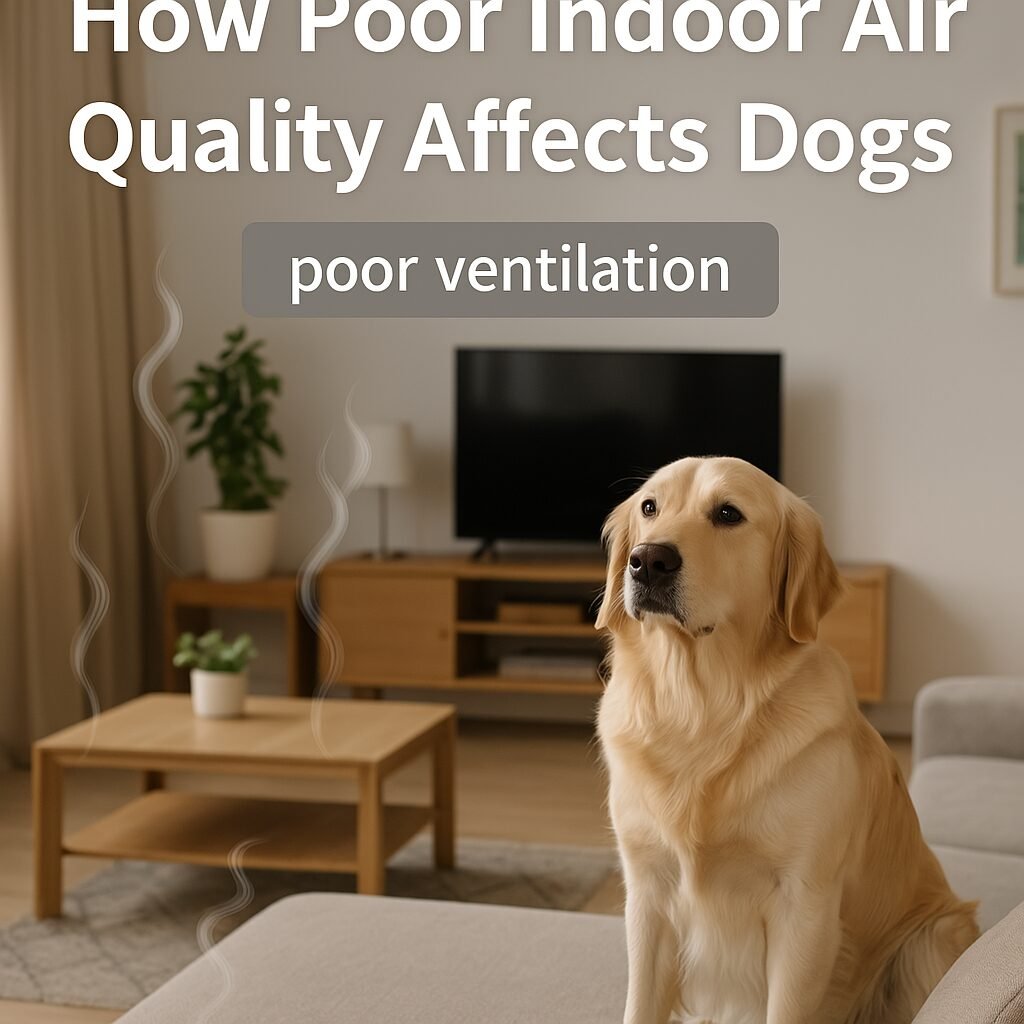
Even though we may not notice, harmful pollutants in the air can directly impact a dog’s respiratory system, skin, and overall well-being.
1. Respiratory Issues
Polluted indoor air can cause breathing difficulties, coughing, and chronic respiratory diseases in dogs.
2. Allergies and Skin Problems
Dust, mold, and pet dander can trigger allergies, leading to excessive scratching, redness, and irritation.
3. Increased Risk of Cancer
Long-term exposure to airborne toxins like tobacco smoke and chemical fumes may increase the risk of cancer in dogs.
4. Weakened Immune System
Toxins in the air can weaken your dog’s immune system, making them more susceptible to infections and illnesses.
How Air Quality Affects Different Dog Sizes
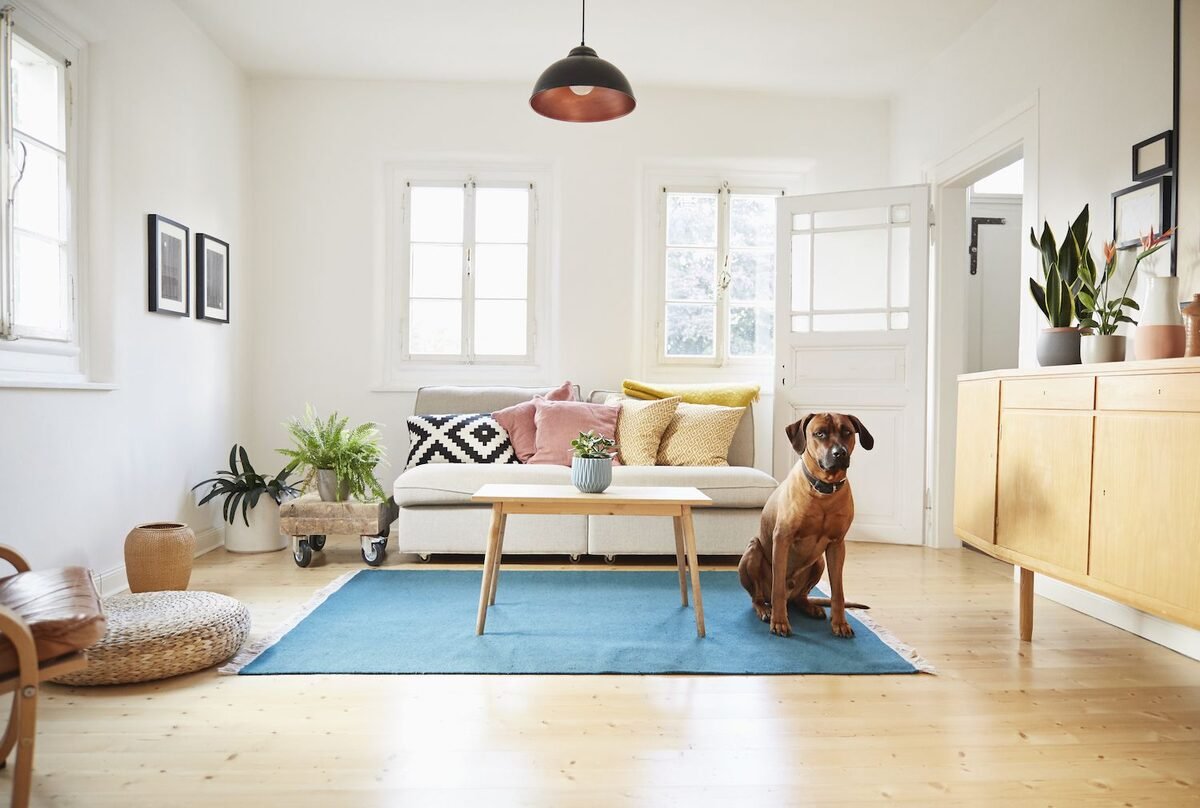
The impact of indoor air pollution varies depending on a dog’s size, age, and breed.
1. Puppies (80% More Susceptible)
Young dogs have underdeveloped immune systems, making them highly vulnerable to airborne pollutants.
2. Adult Dogs (50% Susceptible)
While stronger than puppies, adult dogs can still develop respiratory and allergic reactions over time.
3. Senior Dogs (70% Susceptible)
Older dogs have weaker lungs and immune systems, making them more prone to illnesses caused by poor air quality.
Indoor Air Pollutants That Harm Dogs
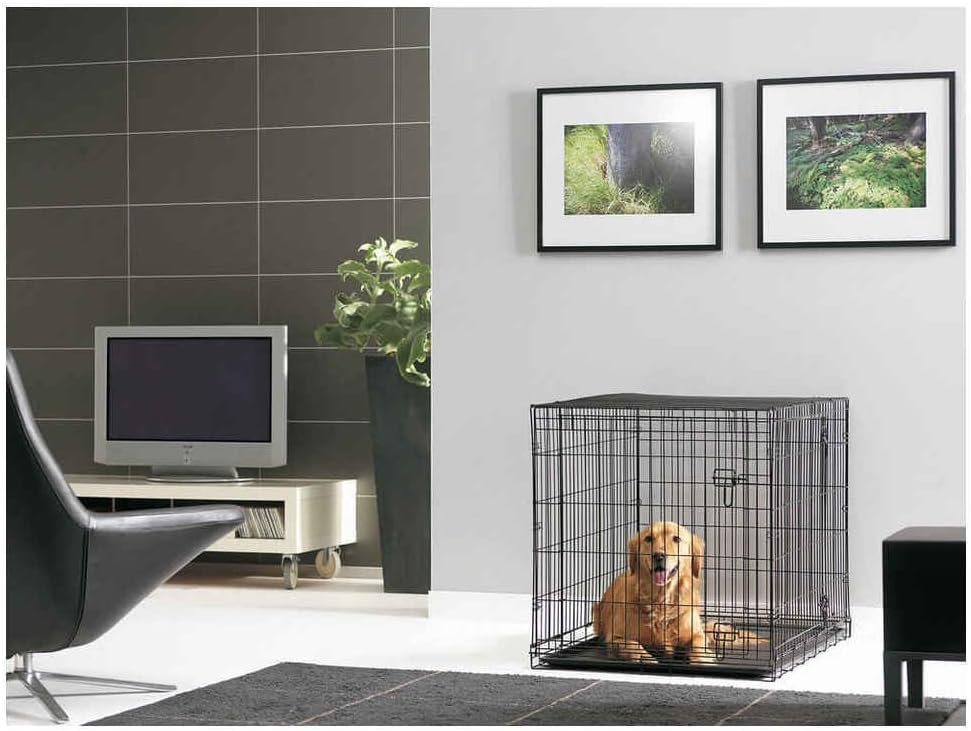
Identifying and eliminating harmful pollutants can significantly improve your dog’s health.
1. Tobacco Smoke
Second-hand smoke increases the risk of respiratory infections, allergies, and even cancer in dogs.
2. Household Cleaners
Many cleaning products release toxic fumes that dogs inhale, leading to respiratory distress.
3. Mold and Mildew
Fungal spores in damp areas can cause lung infections and allergic reactions in dogs.
4. Poor Ventilation
Stale air allows pollutants to accumulate, making it harder for dogs to breathe clean oxygen.
Solutions for Urban Dog Owners
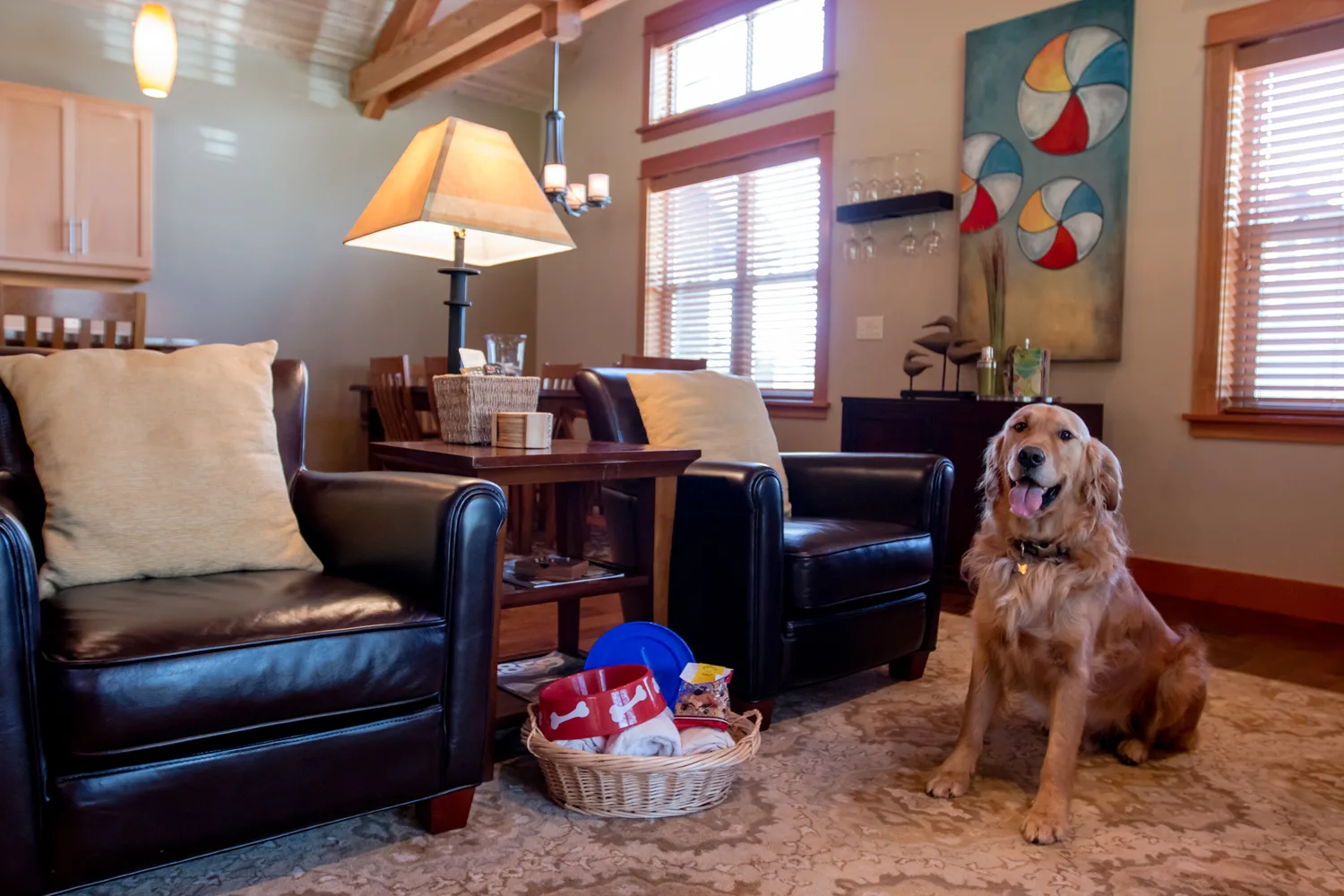
Living in an urban environment presents unique challenges, but there are effective ways to improve indoor air quality.
1. Invest in Air Purifiers
HEPA filters help remove pet dander, allergens, and airborne toxins from your home.
2. Regular Ventilation
Opening windows for at least 10 minutes daily allows fresh air circulation, reducing indoor pollution.
3. Use Natural Cleaning Products
Avoid harsh chemicals and opt for pet-safe, eco-friendly cleaning solutions.
4. Keep Your Home Dust-Free
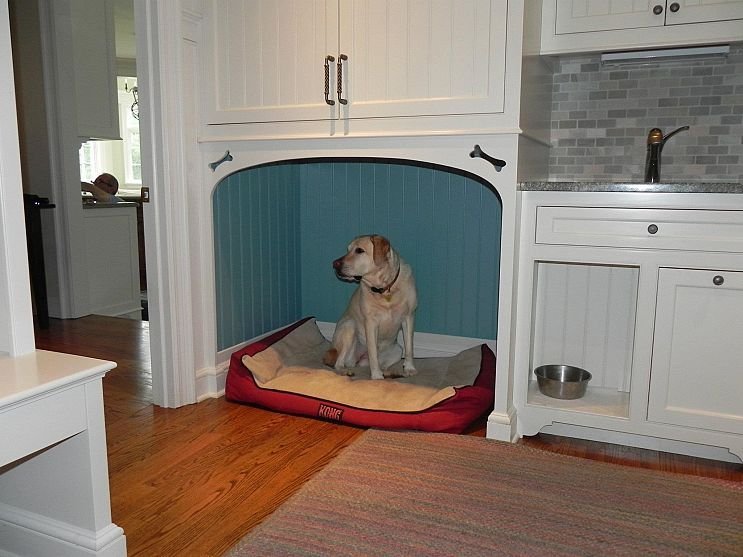
Regular vacuuming and dusting prevent allergens from accumulating in your living space.
5. No Smoking Indoors
Keeping smoke away from pets eliminates one of the most harmful indoor air pollutants.
Top Supplements for Strengthening Your Dog’s Immune System

| Dog Life Stage | Recommended Supplement | Top Brands |
|---|---|---|
| Puppies | Omega-3,
|
Zesty Paws, Nordic Naturals, Nutri-Vet |
| Adult Dogs | Multivitamins,
|
VetriScience, NaturVet, PetHonesty |
| Senior Dogs | Glucosamine,
|
Cosequin, Purina Pro Plan, Zesty Paws |
How to Use Supplements – DogsReader Expert Advice
| Dog Life Stage | Recommended Supplement | Dosage & Usage | Vet Recommendation |
|---|---|---|---|
| Puppies | Omega-3, Colostrum, Probiotics | Given daily with meals, follow weight-based dosing. | Dr. Emily Carter, DVM (Pet Wellness Clinic) recommends starting with a low dose and using liquid Omega-3 for easier digestion. |
| Adult Dogs | Multivitamins, Antioxidants, Echinacea | Administer daily or as needed, based on activity level. | Dr. Robert Hayes, DVM (Healthy Paws Vet Center) suggests using vet-approved supplements and monitoring for allergic reactions. |
| Senior Dogs | Glucosamine, Turmeric, Immune Boosters | Given daily, often mixed with food for better absorption. | Dr. Lisa Monroe, DVM (Senior Pet Care Clinic) advises combining with a balanced diet and regular vet check-ups for maximum benefits. |
Closing Statement
Your dog’s health is directly affected by the air they breathe. By making simple adjustments in your home, you can prevent serious health issues and provide your pet with a safer, cleaner environment. Take action today and ensure your furry friend thrives in a healthy indoor space!
Stay informed with DogsReader for more expert insights into your dog’s well-being! 🐶✨
FAQs
1. How do I know if my indoor air quality is bad for my dog?
If your dog is frequently sneezing, coughing, scratching, or showing signs of breathing difficulties, your indoor air quality may be poor. Other signs include excessive eye watering and skin irritation.
2. Can air purifiers really help my dog?
Yes! Air purifiers with HEPA filters effectively remove allergens, dust, and toxins from the air, making it safer for your dog to breathe.
3. Are scented candles or air fresheners harmful to dogs?
Many scented candles and air fresheners contain chemicals that can irritate a dog’s respiratory system. Opt for natural essential oil diffusers instead, but ensure the oils used are pet-safe.
4. How often should I clean my home to maintain good air quality for my dog?
Vacuuming and dusting at least twice a week, along with regular ventilation, can significantly improve indoor air quality. Washing your dog’s bedding and toys frequently also helps reduce allergens.
5. What is the best way to improve air quality in a small apartment with a dog?
Using an air purifier, ensuring proper ventilation, and keeping the apartment clean from dust and pet dander are the best ways to improve air quality. Regularly changing HVAC filters is also important.
6. Can poor air quality affect my dog’s mood?
Yes, poor air quality can lead to lethargy, irritability, and even increased anxiety in dogs due to difficulty breathing or discomfort.
7. What indoor plants can help improve air quality for my dog?
Pet-safe plants like spider plants, areca palms, and bamboo palms can naturally filter indoor air and improve oxygen levels.
8. Should I be concerned about cooking fumes affecting my dog?
Yes, cooking fumes, especially from burnt food or oil, can release harmful particles into the air. Using a range hood or opening windows while cooking helps reduce exposure.
9. How can I test my home’s air quality?
You can use an indoor air quality monitor to measure pollutant levels, humidity, and ventilation effectiveness. These devices help identify problem areas in your home.
10. What immediate steps can I take to protect my dog from indoor air pollution?
Stop smoking indoors, switch to pet-safe cleaning products, improve ventilation, and use an air purifier to quickly reduce indoor pollutants.
Large Breeds
Dog Grooming Mistakes: and How to Avoid Them
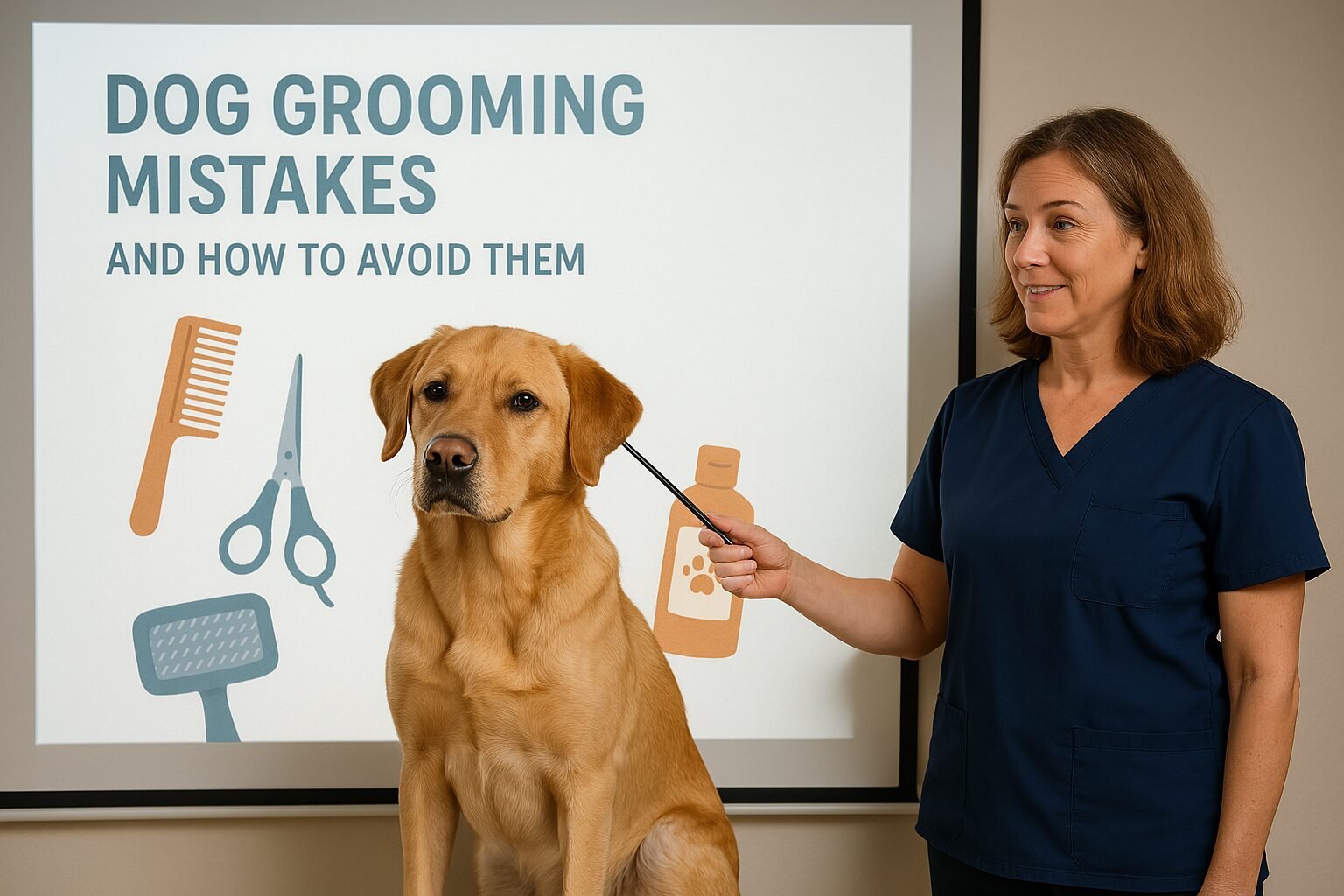
10 Common Mistakes
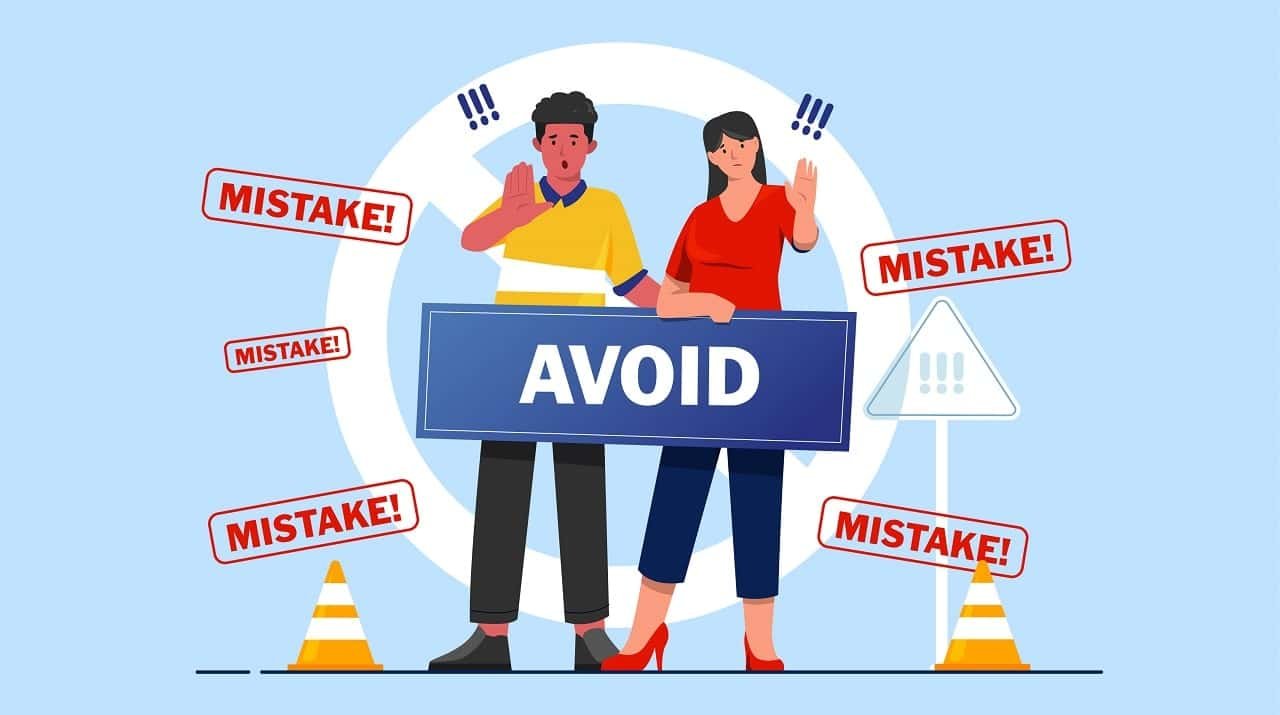
Dog Grooming Mistakes: Grooming is an essential part of dog care, ensuring their health, hygiene, and overall well-being. However, many dog owners unknowingly make mistakes that can lead to discomfort, infections, or even long-term health issues. In this guide, we’ll highlight 10 common dog grooming mistakes and provide expert tips to help you groom your pup like a pro!
For more information regarding 4 seasonal cxcercieses of all dog breeds recommended by the doctors and experts,you can visit our youtube channel:
1. Skipping Regular Brushing

Mistake: Many owners assume that brushing is only necessary for long-haired breeds, but all dogs benefit from regular brushing. Skipping it can lead to matting, excessive shedding, and skin issues.
How to Avoid: Brush your dog at least twice a week (daily for long-haired breeds). Use breed-appropriate brushes, such as a slicker brush for thick coats and a rubber brush for short-haired dogs.
Pros & Cons of Brushing
| Pros | Cons |
|---|---|
| Prevents matting and shedding | Requires time and consistency |
| Improves circulation and skin health | Some dogs may resist brushing initially |
| Strengthens bond with your dog | Needs the right tools for different coat types |
2. Bathing Too Frequently or Not Enough
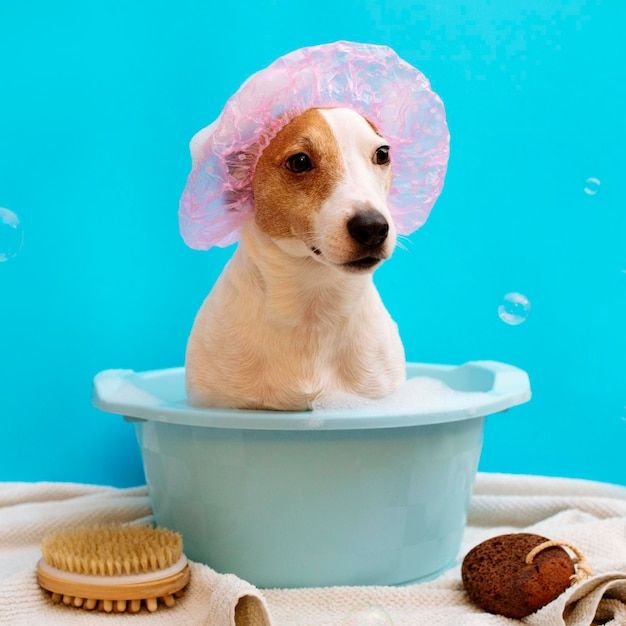
Mistake: Overbathing can strip essential oils from your dog’s coat, leading to dry, itchy skin, while infrequent bathing can cause odor and skin infections.
How to Avoid: Follow a breed-specific bathing schedule—typically once every 4–6 weeks. Use dog-safe, pH-balanced shampoos to maintain a healthy coat.
Pros & Cons of Bathing
| Pros | Cons |
| Removes dirt and odors | Overbathing can cause dry skin |
| Keeps skin healthy and hydrated | Some dogs dislike water and bathing |
| Prevents skin infections | Requires proper drying to prevent fungus growth |
3. Ignoring Ear Cleaning
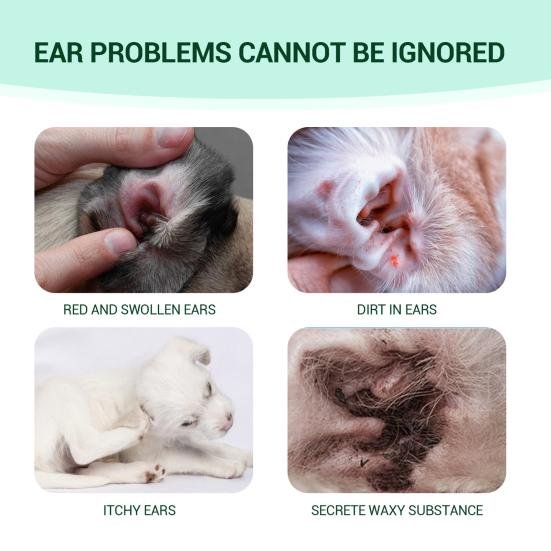
Mistake: Neglecting ear care can result in infections, especially in floppy-eared breeds like Cocker Spaniels and Basset Hounds.
How to Avoid: Clean your dog’s ears once a week with a vet-approved ear cleaner. Avoid using cotton swabs inside the ear canal, as they can push debris deeper.
Pros & Cons of Ear Cleaning
| Pros | Cons |
| Prevents infections and wax buildup | Some dogs dislike ear handling |
| Reduces bad odors | Requires the right cleaning solution |
| Helps detect ear mites early | Overcleaning can irritate the ears |
4. Cutting Nails Too Short or Ignoring Them

Pros & Cons of Nail Trimming
| Pros | Cons |
| Prevents joint problems and discomfort | Risk of cutting too short and causing bleeding |
| Reduces scratches on furniture and floors | Some dogs resist nail trimming |
| Improves walking posture | Requires proper technique and tools |
Mistake: Long nails can cause discomfort, affect walking posture, and lead to joint issues. Cutting too short can lead to painful bleeding.
How to Avoid: Trim nails every 2–4 weeks, using a dog nail clipper or grinder. If you’re unsure, visit a groomer or vet for guidance.
5. Using Human Shampoo on Dogs

Mistake: Human shampoos contain harsh chemicals that can disrupt a dog’s skin pH balance, leading to irritation.
How to Avoid: Always use a vet-recommended dog shampoo to maintain coat health and avoid allergies.
6. Shaving Double-Coated Breeds
Mistake: Many owners shave dogs like Huskies or Golden Retrievers in summer, thinking it helps them cool down. In reality, this damages their natural coat, leading to overheating and sunburn.
How to Avoid: Instead of shaving, opt for regular deshedding sessions with an undercoat rake to keep their coat breathable.
7. Using the Wrong Grooming Tools

Mistake: Using the wrong brushes, clippers, or combs can make grooming ineffective and uncomfortable for your dog.
How to Avoid: Invest in high-quality grooming tools suited for your dog’s coat type. Consult a professional groomer for recommendations.
Essential Grooming Tools for Your Dog
How to Use Grooming Tools – Expert Guide by DogsReader

| Tool Type | Best Usage Guide |
| Slicker Brush | Brush in the direction of hair growth, using gentle strokes to detangle without pulling. |
| Rubber Brush | Use in circular motions to loosen dirt and hair, great for short-haired breeds. |
| Undercoat Rake | Use with light pressure on double-coated breeds to remove loose undercoat without damaging the topcoat. |
| Nail Clippers/Grinder | Clip small sections at a time, avoiding the quick; grinders help smooth rough edges. |
| Dog-Safe Shampoo | Wet coat thoroughly, lather with a small amount, and rinse completely to prevent residue buildup. |
| Vet-Approved Ear Cleaner | Apply cleaner to a cotton pad and gently wipe the ear flap and outer canal, avoiding deep insertion. |
8. Not Checking for Parasites
Mistake: Fleas, ticks, and mites often go unnoticed, leading to infestations and skin infections.
How to Avoid: Regularly check your dog’s ears, belly, and between the paws for signs of parasites. Use vet-approved flea & tick preventatives year-round.
9. Ignoring Dental Hygiene
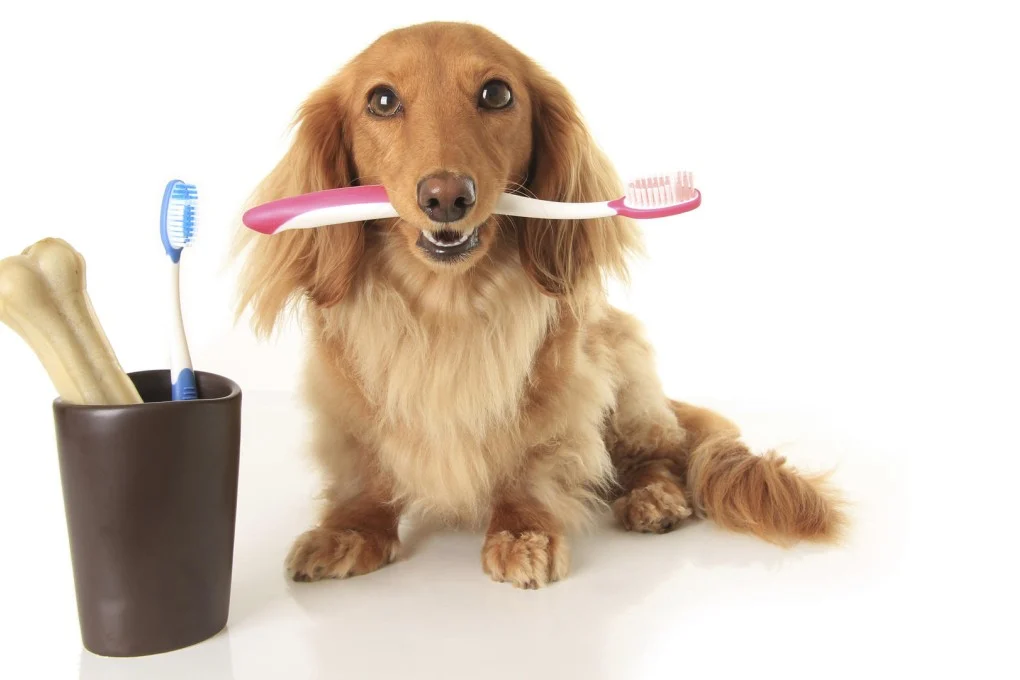
Mistake: Many owners overlook dental care, leading to tartar buildup, gum disease, and bad breath.
How to Avoid: Brush your dog’s teeth at least 3 times a week using a (dog-safe toothbrush) – and – ( toothpaste. ) Dental chews and vet-approved oral rinses also help.
10. Rushing Through Grooming Sessions

Mistake: Grooming in a hurry can make your dog anxious and increase the risk of injury.
How to Avoid: Make grooming a positive experience by staying calm, using treats, and gradually introducing new tools and techniques.
Closing Statement
Avoiding these common grooming mistakes will ensure your dog stays healthy, comfortable, and happy. Grooming is not just about looksit’s about maintaining their well-being!
Frequently Asked Questions (FAQs)
1. How often should I groom my dog?
It depends on the breed and coat type. Most dogs need brushing twice a week, baths every 4–6 weeks, and nail trims every 2–4 weeks.
2. Can I use human shampoo on my dog?
No. Human shampoos can disrupt a dog’s skin pH balance. Always use a dog-specific, pH-balanced shampoo.
3. What is the best way to clean my dog’s ears?
Use a vet-approved ear cleaner and a cotton pad to gently wipe the outer ear. Avoid inserting anything deep into the ear canal.
4. How can I prevent my dog’s nails from getting too long?
Trim them regularly, about every 2–4 weeks, or use a grinder for smoother edges. Walking on rough surfaces can also help naturally wear them down.
5. What should I do if my dog hates grooming?
Make grooming a positive experience by using treats, taking it slow, and starting with short sessions. Gradually introduce grooming tools.
6. How do I know if my dog has a skin infection?
Signs include redness, itching, hair loss, bad odor, or excessive licking. If you notice any of these, consult your vet immediately.
-

 SMALL DOG BREEDS4 months ago
SMALL DOG BREEDS4 months agoMerle Chihuahua: A Comprehensive Guide
-

 SMALL DOG BREEDS4 months ago
SMALL DOG BREEDS4 months agoMaltese: A Beloved Companion
-

 Large Breeds4 months ago
Large Breeds4 months agoSamoyeds Hypoallergenic: Closer Look at the Breed
-

 SMALL DOG BREEDS4 months ago
SMALL DOG BREEDS4 months agoMerle Pomeranian: A Adorable Companion
-

 Large Breeds4 months ago
Large Breeds4 months agoStandard Poodle Weight: Country Wise
-

 SMALL DOG BREEDS4 months ago
SMALL DOG BREEDS4 months agoYorkshire Terrier: a Big Personality
-

 MEDIUM BREEDS4 months ago
MEDIUM BREEDS4 months agoAmerican Water Spaniel Colors Chocolate In Crcols:
-

 Terrier Breeds3 months ago
Terrier Breeds3 months agoDog Breeds: by Country & Category

